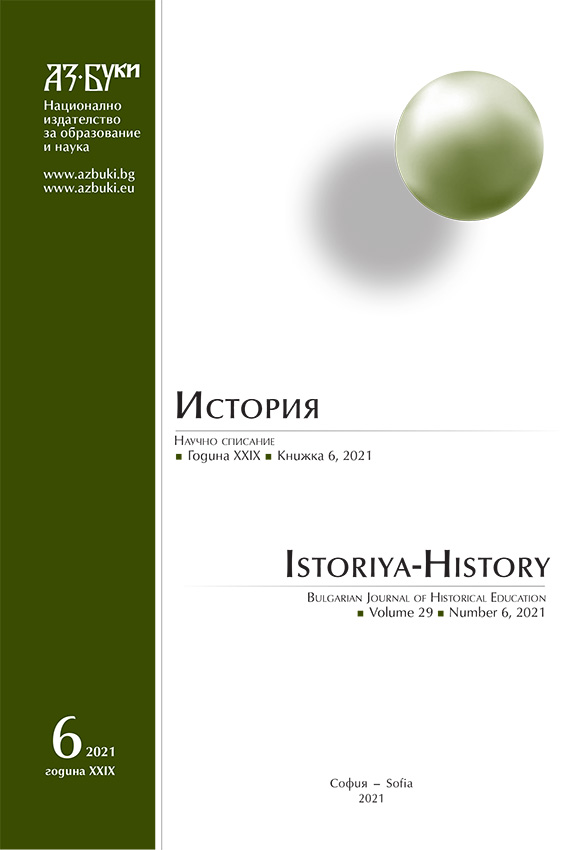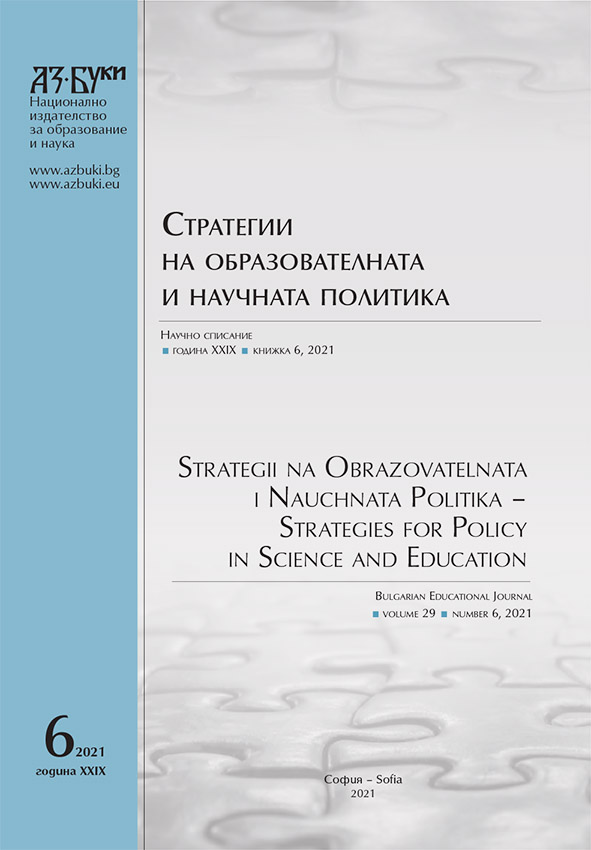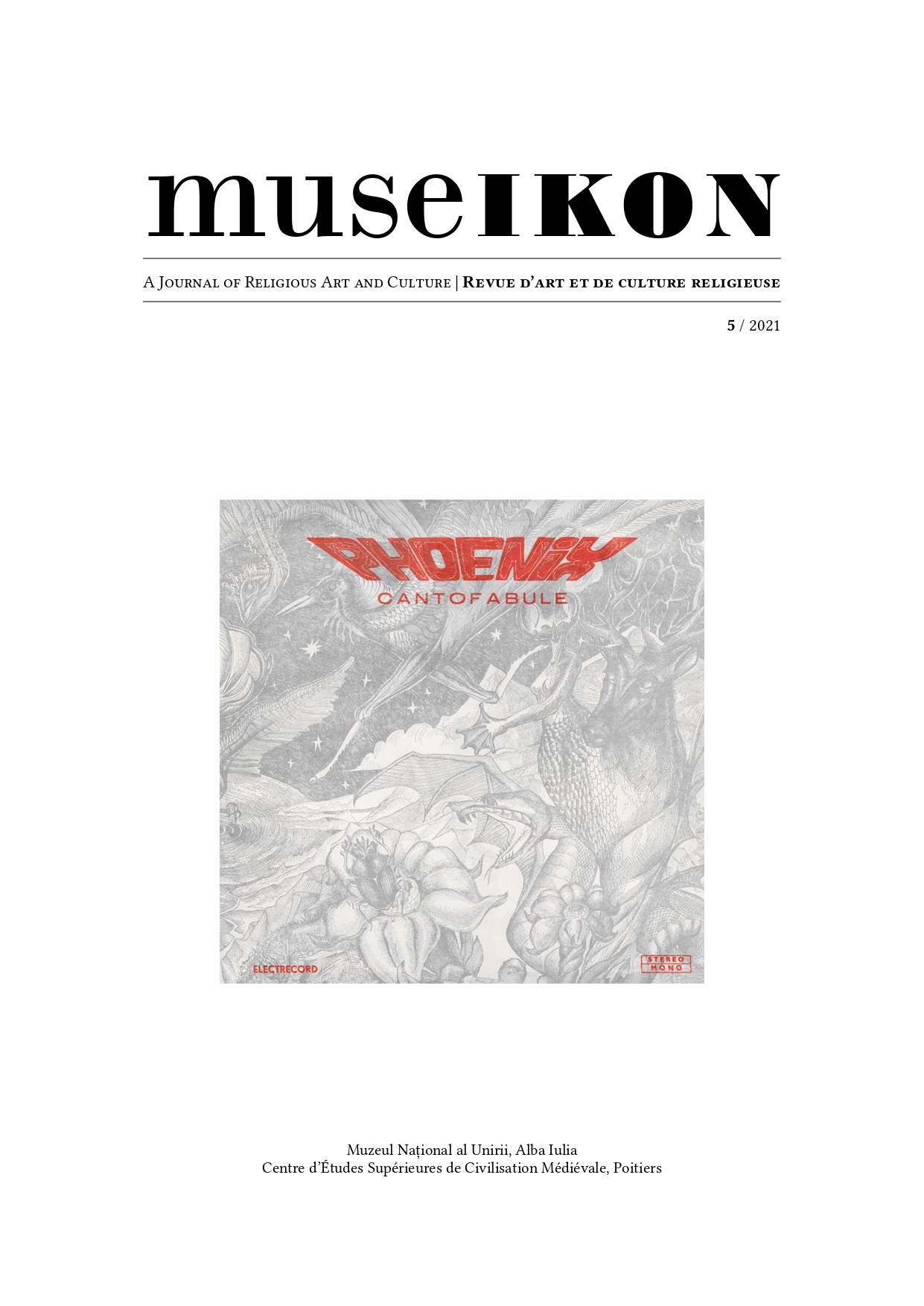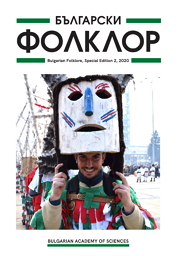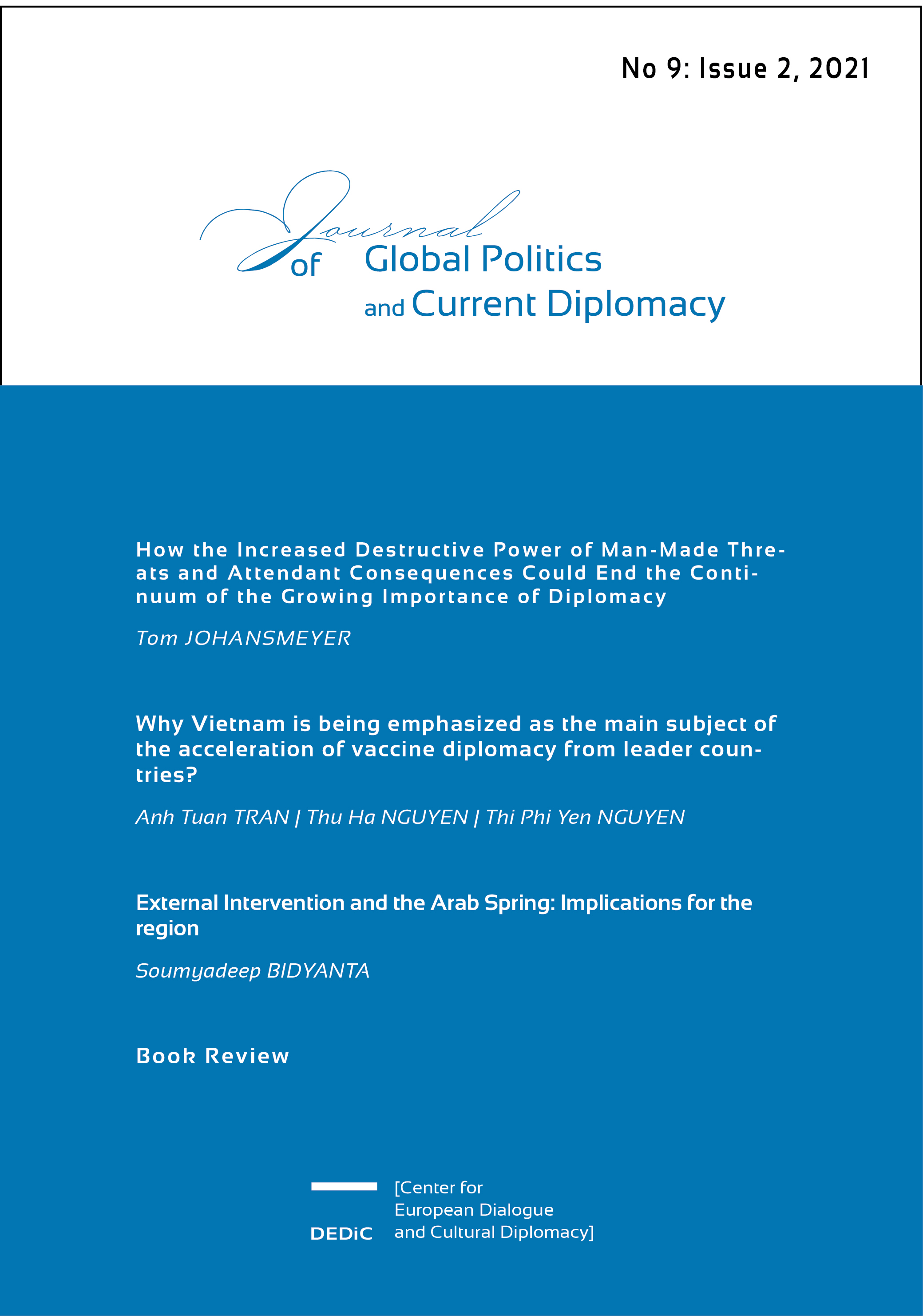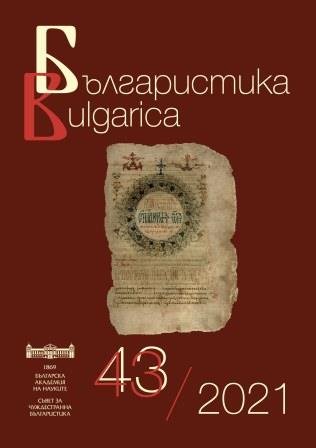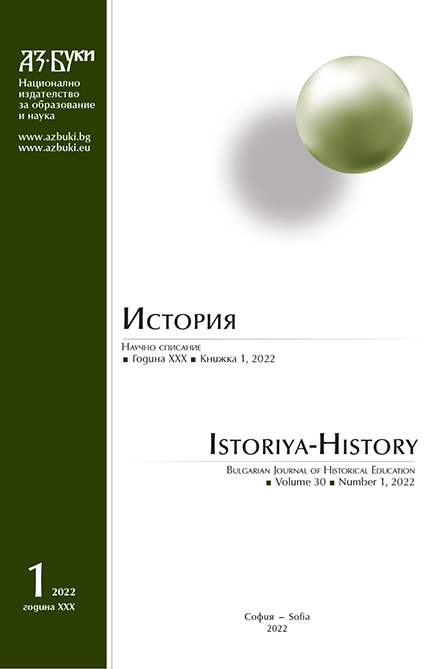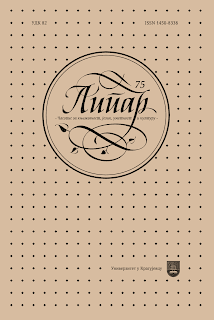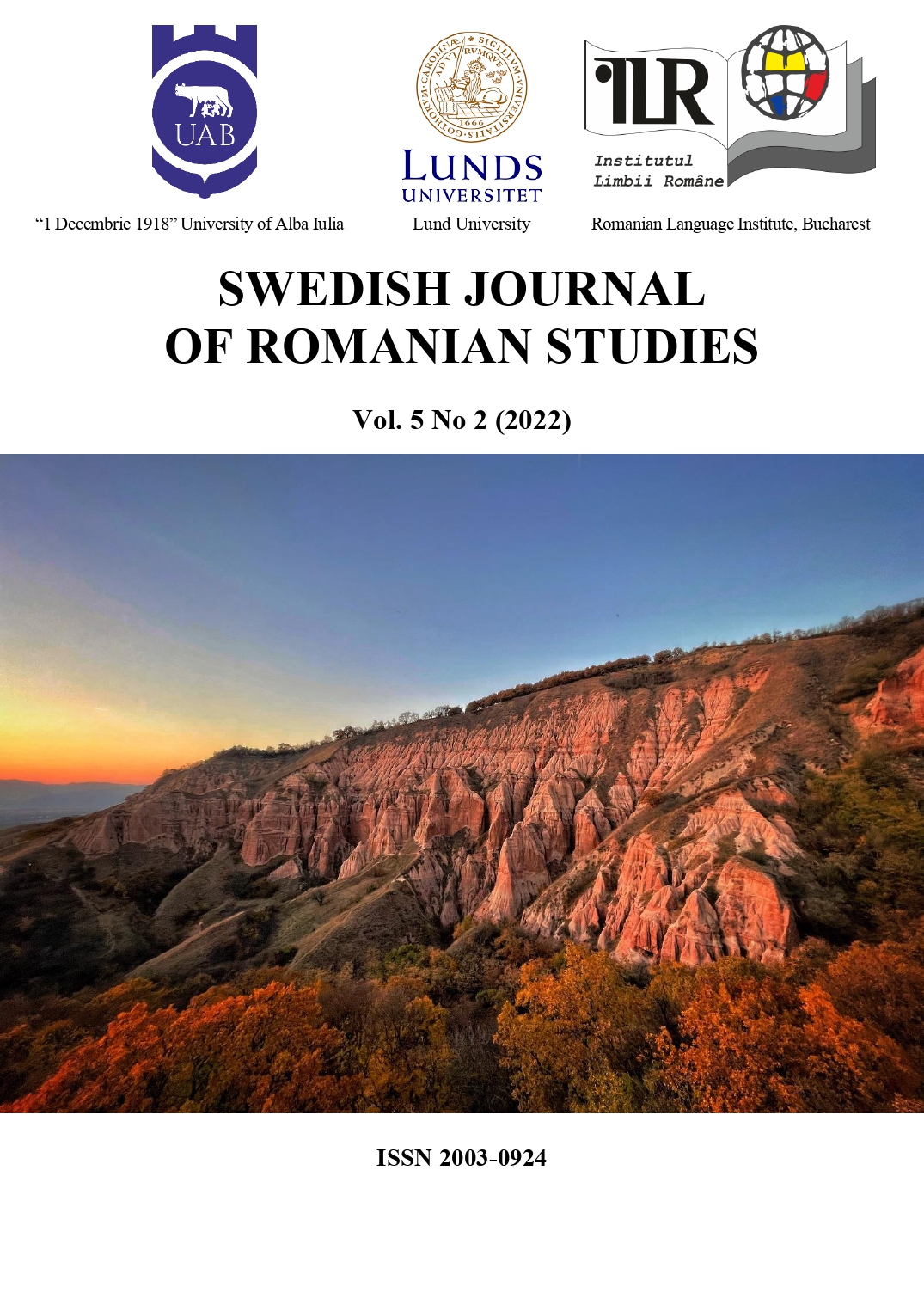Author(s): Cristina Cojocaru / Language(s): English
Issue: 5/2021
Grégoire Zugravul (‘le Peintre’), connu toute sa vie comme Papathodor, Popovici et Frujinescu, a été l’un des peintres les plus importants de la Valachie à la fin du XVIIIe siècle et l’initiateur du courant d’occidentalisation dans l’art local. Constantin Săndulescu-Verna a découvert dans un carnet de croquis ayant appartenuau peintre que Grégoire est né près de Bucarest, dans le village de Frunzănești, au sein de la famille du prêtrepeintre Tudor, et qu’il a fait son apprentissage en 1766, à la l’âge de 16 ans, auprès d’un certain maître Jean / kirIancu. Ensemble, les deux hommes ont voyagé pendant dix ans sur le territoire de l’Empire des Habsbourg etont signé ensemble l’iconostase du monastère de Lepavina en Croatie, ainsi que celui de l’église de la Nativité de Saint-Jean-Baptiste à Székesfehérvár, en Hongrie. De retour en 1777, Grégoire a commencé une carrière prolifiqueen tant que peintre d’icônes; mais il a également peint les fresques de l’Église de l’Icône (Biserica Icoanei) àBucarest, des enluminures de manuscrits et des peintures à l’huile, y compris la vaste composition historique représentant Nicolas Mavrogheni distribuant des récompenses aux soldats qui avaient participé aux combatscontre les Autrichiens (1789), aujourd’hui dans les collections du Musée National d’Art de Roumanie, à Bucarest. Jusqu’à présent, cependant, l’identité de Maître Jean et la portée européenne de la carrière de Grégoire n’étaient pas connues en Roumanie. On considérait à tort que Jean devait être un peintre local, identifié soit au maître de l’école de peinture de l’évêché de Râmnic, soit à Ivan ‘le Russe’ (Rusul), maître de l’école de peinture du monastère de Căldărușani. Plus récemment, C. Săndulescu-Verna et M. Sabados ont supposé qu’il pouvait être d’origine balkanique, mais sans réussir à repérer son identité précise : peut-être un peintre grec ou macédo-valaque. La présente étude relie pour la première fois les recherches roumaines sur ce sujet à celles menées en Serbie(Aleksandra Kučeković), Bulgarie (Emmanuel Moutafov) et Bosnie-Herzégovine (Ljiljana Ševo). Les documents permettent d’identifier ‘kir Iancu’ avec Jovan Četirević Grabovan, aroumain d’Albanie, auteur de fresques dusanctuaire et de la nef de la cathédrale épiscopale de Roman (Moldavie). La carrière de ce dernier est jalonnéepar les étapes d’un parcours remarquable pour cette époque. Ses voyages relient littéralement l’Occident à l’Europe de l’Est, de la Croatie en Russie à travers Buda et Bucarest, et dessinent une perspective entièrementnouvelle sur les relations qui animaient le milieu culturel des peintres valaques du XVIIIe siècle. Comme Jovan, son élève Grégoire a joué également le rôle d’un ‘véhicule’ exemplaire des transferts culturels entre Occident et Orient, maillon d’un grand réseau commercial et politique développé à l’intersection des trois grands Empires: ottoman, russe et autrichien. Il a influencé de manière décisive l’évolution de l’atelier de peinture du monastèrede Cernica et s’est imposé comme une figure clé de la scène artistique locale ; il a été l’un des premiers peintresà moderniser l’art local. Par-delà les éclaircissements qu’elle apporte sur l’apprentissage de Grégoire Popovici,cette étude permet aussi d’attribuer les icônes de l’iconostase de l’Église Manea Brutaru de Bucarest au peintreJovan Četirević Grabovan, et d’identifier dix nouvelles oeuvres du peintre Grégoire, y compris les fresques del’Église de l’Icône à Bucarest. Elle transcrit sept inscriptions inédites des icônes de cette église et identifie le
ssources artistiques du cahier de modèles du peintre et des icônes de l’iconostase de la chapelle dédiée à Saint Lazare au monastère de Cernica dans un exemplaire de la Bible Ectypa ayant appartenu au même Maître Jean.
More...
